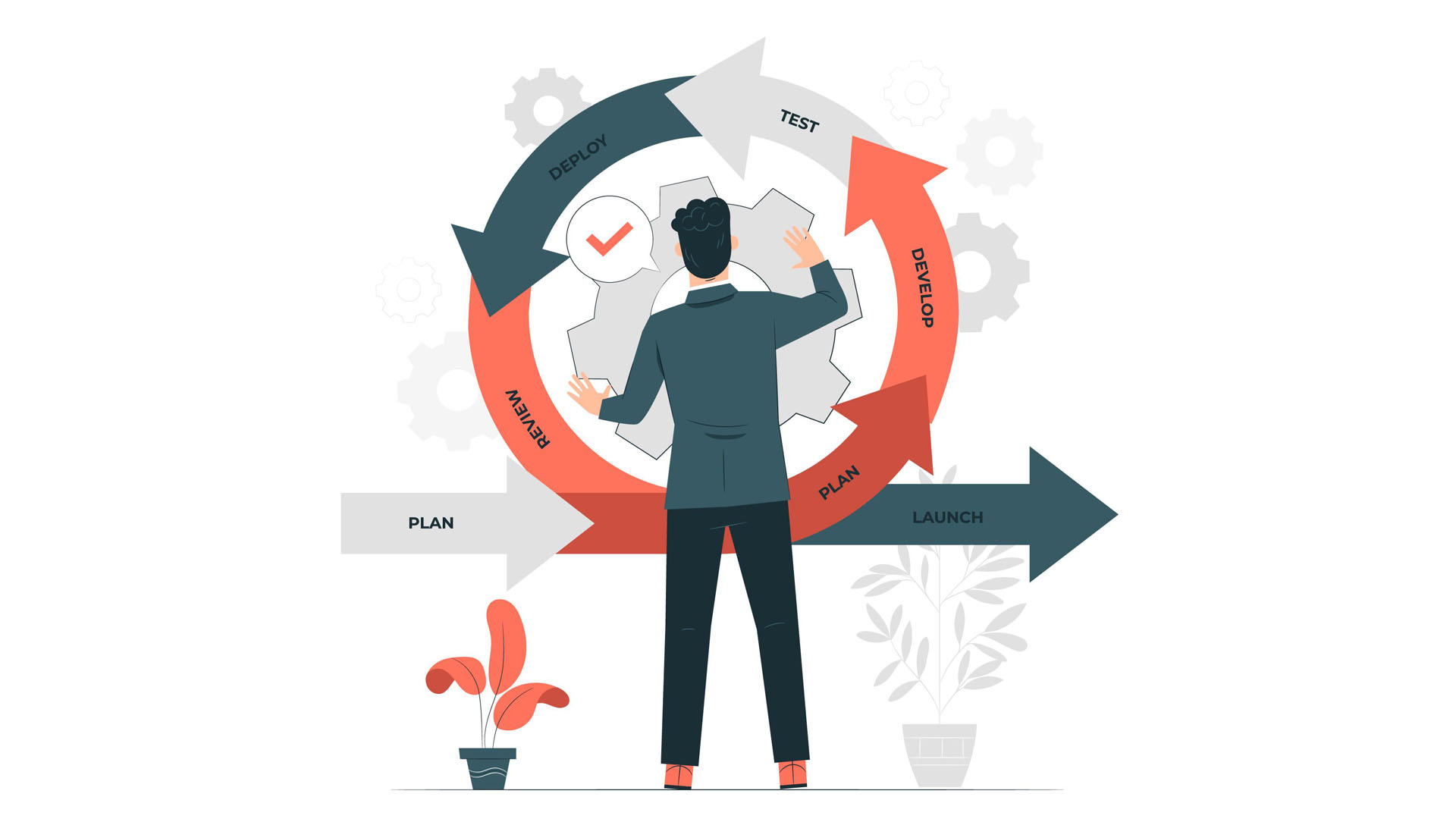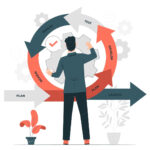As times change, so do modern businesses. The ever-evolving market trends and shifting customer demands have compelled organizations to rethink their traditional software development strategies when launching web or mobile applications. Success now requires proactiveness, agility, flexibility for iterations, and a commitment to continuous innovation.
Many businesses that relied on rigid AI software development strategies encountered significant drawbacks. These approaches were not truly customer-centric—while they may have considered users, they often failed to adapt to changing customer preferences and demands. As a result, the final products or applications struggled to resonate with their target audience.
Agile product engineering has emerged as a game-changer in driving the success of business software applications. It acts as a solution by enabling teams to develop and deliver digital products with customer-focused design and cutting-edge functionalities that address challenges and meet user needs.
Let’s explore how this approach is fueling innovation and transforming industries worldwide.
Agile Product Engineering: Understanding the Fundamentals
Agile product engineering is the key to launching a customer-centric product. It focuses on driving iterative progress, delivering value, and staying adaptable. This approach highlights the importance of providing customer value through ongoing innovation, step-by-step development, and seamless collaboration across cross-functional teams.
At its core, Agile Product Engineering is built on three fundamental pillars:
- Iterative Development: The process begins by breaking down the digital product development journey into smaller, manageable sprints. Each sprint is focused on delivering a specific functionality or module that contributes to the overall software application. This approach enables product engineers to incorporate improvements and refinements based on real-time customer feedback.
- Collaboration and Communication: This approach fosters an ideal internal environment where all project stakeholders can effectively communicate and collaborate, ensuring everyone stays aligned throughout the development process.
- Customer-Centric Focus: Your digital software product can only succeed if you truly understand your customers’ evolving expectations. Fortunately, agile product engineering emphasizes a continuous focus on collecting customer feedback and incorporating it into the product design and development stages.
Agile Product Engineering vs Traditional Software Engineering: Know the Difference
The agile product engineering approach addresses the shortcomings of rigid traditional methods by prioritizing adaptability and flexibility. This enables businesses to create a flawless digital product. It recognizes the constantly changing market trends and customer demands, allowing for a development process that embraces continuous iterations.
| Aspect |
Traditional Engineering |
Agile Product Engineering |
| Development Approach |
Linear and sequential |
Iterative and adaptive |
| Customer Involvement |
Minimal during development |
Continuous feedback and collaboration |
| Flexibility |
Limited, rigid plans |
High, adaptable to change |
| Delivery |
One-time delivery after completion |
Incremental delivery throughout the process |
| Focus |
Completing projects |
Delivering customer value |




Leave a comment